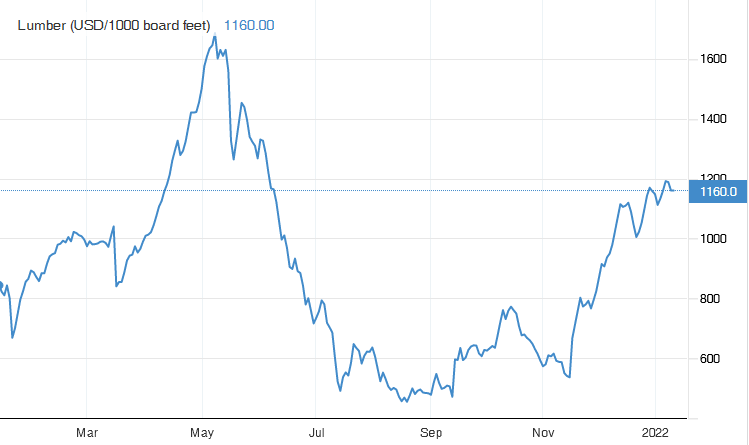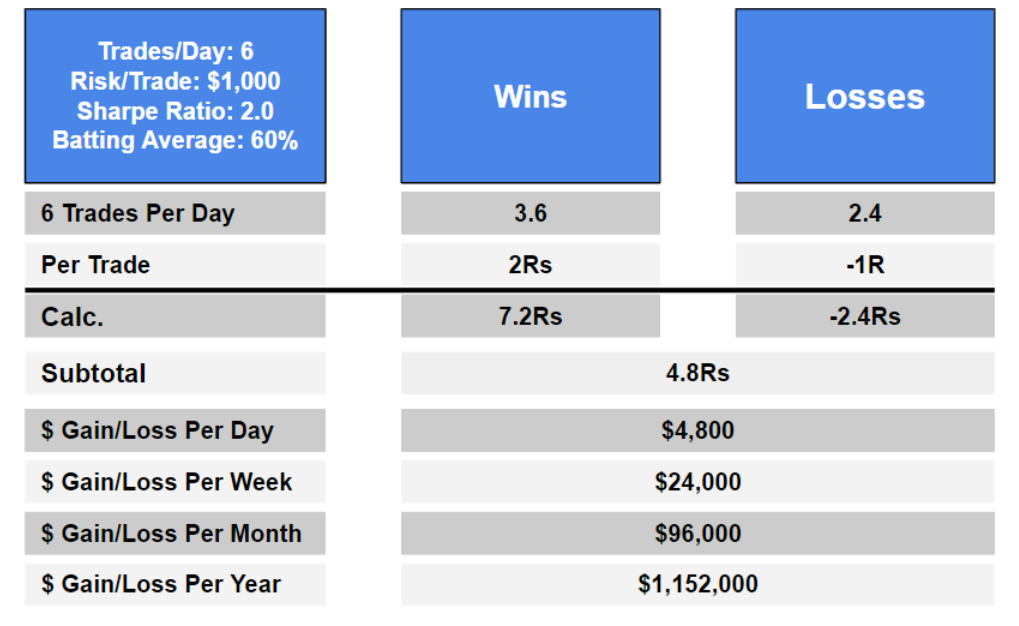
The stock market offers huge opportunities for trade and investment. It's like a mall, an auction house or swap meet with many vendors, institutional investors and public companies that are listed on stock exchanges. There are fundamental differences that must be understood before you venture into these markets. This article will highlight some key distinctions between the three types of securities. Getting a good grasp of these differences is the key to success in the stock market.
Common stocks
Common stock investments offer many advantages, including increased liquidity. These investments offer investors financial security. Investors don't have to worry about any events that might affect their financial investments because they have no legal obligations. Common stock investments are not without risk. They can lose more money than the investors invested. But they can provide passive income for investors who don't wish to take on any risky legal obligations. Common stocks also offer investors the opportunity to lock-in higher returns while avoiding legal responsibilities.
Stocks of the Class A class
Most people prefer Class A stocks over Class B. This is because Class-A shareholders enjoy more benefits and voting power than their lower class counterparts. These stocks are protected from bankruptcy and have voting rights. Preferred stocks can offer a lot more benefits than very little risk making them a popular choice for retirees and conservative investors. They can be more volatile than common stock, so they may not be suitable for everyone.
Stocks of Class B
Although Class A shares and Class B shares have similar dividend yields to each other, Class B shares aren't as dividend-focused. Class B shares usually come with contingent deferred sales charges, or CDSCs, which decrease over time and typically disappear after six years. Therefore, Class B shares are not recommended for investors who have a budget of more than $100,000. However, there are many advantages to investing in Class B stocks. Active investors can benefit from these differences to choose the best class.

Stocks of class C
If you're thinking about buying some shares, you should know that Class C stocks in the stock market have lower prices than other classes. If you invest in these shares, however, you might have to pay higher sales loads each year and other expenses. Class C shares are not convertible into Class A shares, so you'll have to pay the CDSC for the whole duration of your investment. The annual operating expenses for Class C shares are generally higher than those of their class A and/or B counterparts.
Stocks of the Class D
It is possible that you don't know which classes of stock market shares are the best. If you are a long-term investor, class A shares might be the best choice. However, you may want to avoid paying high sales charges, as these can lower your returns. However, Class C shares will cost you less than ClassA shares. However, your annual expenses may be more than those of Class A stock.
Class E stocks
The front-end charge is not charged when you buy class B shares. You will have to pay a contingent, deferred sales tax (CDSC) when you sell them. This charge, also known as the "back-end load", will gradually decrease in value and eventually disappear entirely. Class C shares will continue being subject to higher operating expenses and 12b-1 charges.
Class F stocks
You should look into Class F stocks on the stock exchange if you want to get the best prices for common stock. These shares offer a unique set benefits for investors in startups. They offer additional control for founders through special voting rights and protection provisions. This makes them a good choice for serial entrepreneurs with many investors. It's best to issue common stock instead of ordinary shares if you want to raise capital quickly.
Stocks of the Class J
To identify a stock on New York Stock Exchange (NYSE), the J letter appears at the end a ticker simbol. This designation is temporary, and usually gets removed by shareholders. This stock is called voting stock as it grants shareholders the right of vote on corporate transactions and the board of directors. To distinguish it from other issuances the same stock, the NYSE uses J to denote the fourth letter in its ticker symbols.

Class K stocks
If you're looking for the best class K stock, you have a few options. These stocks are rare and often trade at a discount. These are some tips to help you choose the right class K stock. These stocks are generally less expensive than comparable shares with voting right. You can compare these two options before investing. However, be aware of the potential risk: investing in Class K stock is not as safe as investing with voting rights.
Stocks in Class Z
For buying shares in Class Z stocks, there are no upfront commissions. These mutual funds come with no load fees which is a preferred choice for many DIY investors. Z shares are created by mergers of fund companies. For example, Company A may market no-load funds while Company B might sell load funds. Company A has no-load funds added to its fund family after the merger.
FAQ
Can you trade on the stock-market?
The answer is yes. There are many differences in the world. Some people have more knowledge and skills than others. So they should be rewarded.
But other factors determine whether someone succeeds or fails in trading stocks. If you don’t know the basics of financial reporting, you will not be able to make decisions based on them.
These reports are not for you unless you know how to interpret them. You need to know what each number means. And you must be able to interpret the numbers correctly.
If you do this, you'll be able to spot trends and patterns in the data. This will assist you in deciding when to buy or sell shares.
If you're lucky enough you might be able make a living doing this.
How does the stock market work?
By buying shares of stock, you're purchasing ownership rights in a part of the company. Shareholders have certain rights in the company. He/she may vote on major policies or resolutions. He/she may demand damages compensation from the company. He/she may also sue for breach of contract.
A company cannot issue any more shares than its total assets, minus liabilities. It's called 'capital adequacy.'
Companies with high capital adequacy rates are considered safe. Low ratios can be risky investments.
What are the advantages to owning stocks?
Stocks can be more volatile than bonds. When a company goes bankrupt, the value of its shares will fall dramatically.
If a company grows, the share price will go up.
Companies often issue new stock to raise capital. This allows investors to purchase additional shares in the company.
Companies can borrow money through debt finance. This gives them cheap credit and allows them grow faster.
If a company makes a great product, people will buy it. As demand increases, so does the price of the stock.
The stock price will continue to rise as long that the company continues to make products that people like.
How do people lose money on the stock market?
The stock market is not a place where you make money by buying low and selling high. It is a place where you can make money by selling high and buying low.
The stock market is for those who are willing to take chances. They will buy stocks at too low prices and then sell them when they feel they are too high.
They hope to gain from the ups and downs of the market. They could lose their entire investment if they fail to be vigilant.
How can I find a great investment company?
A good investment manager will offer competitive fees, top-quality management and a diverse portfolio. Fees are typically charged based on the type of security held in your account. Some companies charge nothing for holding cash while others charge an annual flat fee, regardless of the amount you deposit. Some companies charge a percentage from your total assets.
It's also worth checking out their performance record. A company with a poor track record may not be suitable for your needs. You want to avoid companies with low net asset value (NAV) and those with very volatile NAVs.
Finally, you need to check their investment philosophy. To achieve higher returns, an investment firm should be willing and able to take risks. If they aren't willing to take risk, they may not meet your expectations.
How do I invest in the stock market?
Brokers are able to help you buy and sell securities. Brokers buy and sell securities for you. Trades of securities are subject to brokerage commissions.
Brokers usually charge higher fees than banks. Banks will often offer higher rates, as they don’t make money selling securities.
You must open an account at a bank or broker if you wish to invest in stocks.
If you hire a broker, they will inform you about the costs of buying or selling securities. The size of each transaction will determine how much he charges.
Ask your broker about:
-
the minimum amount that you must deposit to start trading
-
whether there are additional charges if you close your position before expiration
-
What happens if you lose more that $5,000 in a single day?
-
How long can positions be held without tax?
-
What you can borrow from your portfolio
-
Transfer funds between accounts
-
How long it takes transactions to settle
-
The best way to sell or buy securities
-
How to Avoid fraud
-
How to get help for those who need it
-
Whether you can trade at any time
-
How to report trades to government
-
Reports that you must file with the SEC
-
What records are required for transactions
-
How do you register with the SEC?
-
What is registration?
-
How does it affect me?
-
Who must be registered
-
What are the requirements to register?
Are stocks a marketable security?
Stock can be used to invest in company shares. This can be done through a brokerage firm that helps you buy stocks and bonds.
You can also directly invest in individual stocks, or mutual funds. There are more mutual fund options than you might think.
There is one major difference between the two: how you make money. Direct investment allows you to earn income through dividends from the company. Stock trading is where you trade stocks or bonds to make profits.
In both cases, you are purchasing ownership in a business or corporation. However, if you own a percentage of a company you are a shareholder. The company's earnings determine how much you get dividends.
With stock trading, you can either short-sell (borrow) a share of stock and hope its price drops below your cost, or you can go long-term and hold onto the shares hoping the value increases.
There are three types to stock trades: calls, puts, and exchange traded funds. Call and put options give you the right to buy or sell a particular stock at a set price within a specified time period. ETFs, which track a collection of stocks, are very similar to mutual funds.
Stock trading is very popular because investors can participate in the growth of a business without having to manage daily operations.
Stock trading can be a difficult job that requires extensive planning and study. However, it can bring you great returns if done well. If you decide to pursue this career path, you'll need to learn the basics of finance, accounting, and economics.
How are securities traded?
The stock market allows investors to buy shares of companies and receive money. Companies issue shares to raise capital by selling them to investors. Investors then resell these shares to the company when they want to gain from the company's assets.
The supply and demand factors determine the stock market price. The price of stocks goes up if there are less buyers than sellers. Conversely, if there are more sellers than buyers, prices will fall.
There are two methods to trade stocks.
-
Directly from the company
-
Through a broker
Statistics
- Even if you find talent for trading stocks, allocating more than 10% of your portfolio to an individual stock can expose your savings to too much volatility. (nerdwallet.com)
- US resident who opens a new IBKR Pro individual or joint account receives a 0.25% rate reduction on margin loans. (nerdwallet.com)
- Individuals with very limited financial experience are either terrified by horror stories of average investors losing 50% of their portfolio value or are beguiled by "hot tips" that bear the promise of huge rewards but seldom pay off. (investopedia.com)
- Our focus on Main Street investors reflects the fact that American households own $38 trillion worth of equities, more than 59 percent of the U.S. equity market either directly or indirectly through mutual funds, retirement accounts, and other investments. (sec.gov)
External Links
How To
How to Trade Stock Markets
Stock trading can be described as the buying and selling of stocks, bonds or commodities, currency, derivatives, or other assets. Trading is French for traiteur, which means that someone buys and then sells. Traders sell and buy securities to make profit. This is the oldest type of financial investment.
There are many different ways to invest on the stock market. There are three basic types: active, passive and hybrid. Passive investors watch their investments grow, while actively traded investors look for winning companies to make a profit. Hybrid investors take a mix of both these approaches.
Index funds that track broad indexes such as the Dow Jones Industrial Average or S&P 500 are passive investments. This strategy is extremely popular since it allows you to reap all the benefits of diversification while not having to take on the risk. You just sit back and let your investments work for you.
Active investing involves selecting companies and studying their performance. Active investors will look at things such as earnings growth, return on equity, debt ratios, P/E ratio, cash flow, book value, dividend payout, management team, share price history, etc. Then they decide whether to purchase shares in the company or not. If they feel the company is undervalued they will purchase shares in the hope that the price rises. On the other side, if the company is valued too high, they will wait until it drops before buying shares.
Hybrid investments combine elements of both passive as active investing. For example, you might want to choose a fund that tracks many stocks, but you also want to choose several companies yourself. In this scenario, part of your portfolio would be put into a passively-managed fund, while the other part would go into a collection actively managed funds.